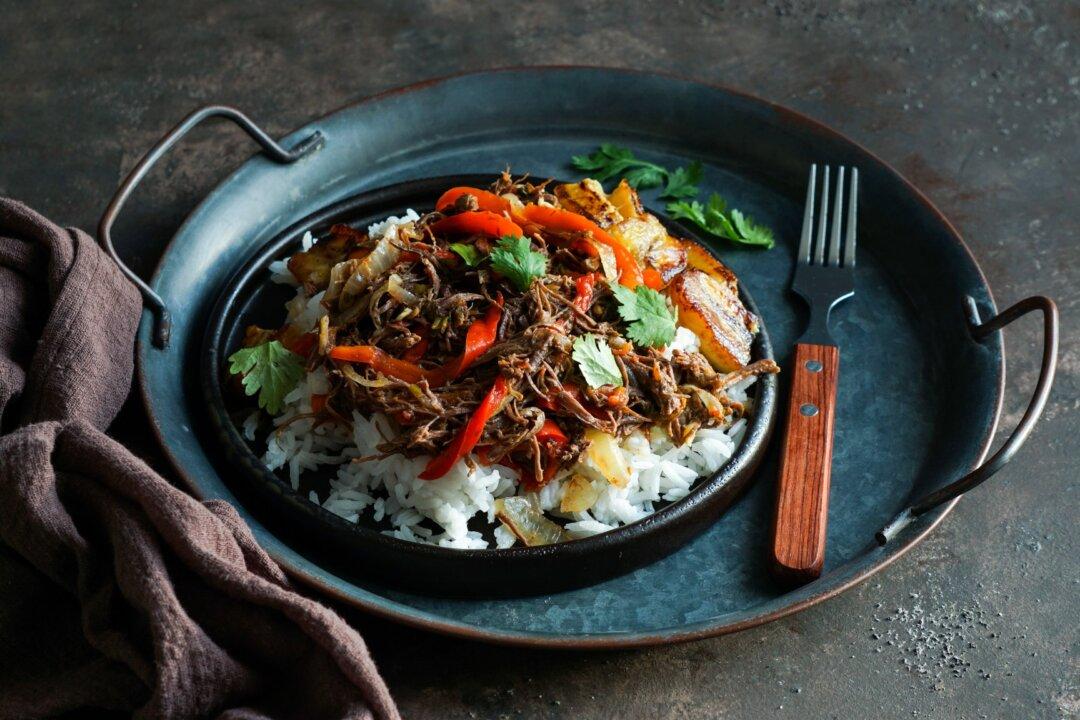Ropa vieja is considered the national dish of Cuba, though its name—meaning “old clothes”—might not exactly hint at just how delicious it is.
The name comes from the tomato-based stew’s shredded meat, which bears some resemblance to the tattered edges of worn fabric. The legend attached to it is of a poor old man struggling to feed his family. He used his threadbare clothes in a desperate stew and prayed over the meal. Then a miracle happened: Old clothes became hearty meat stew.





